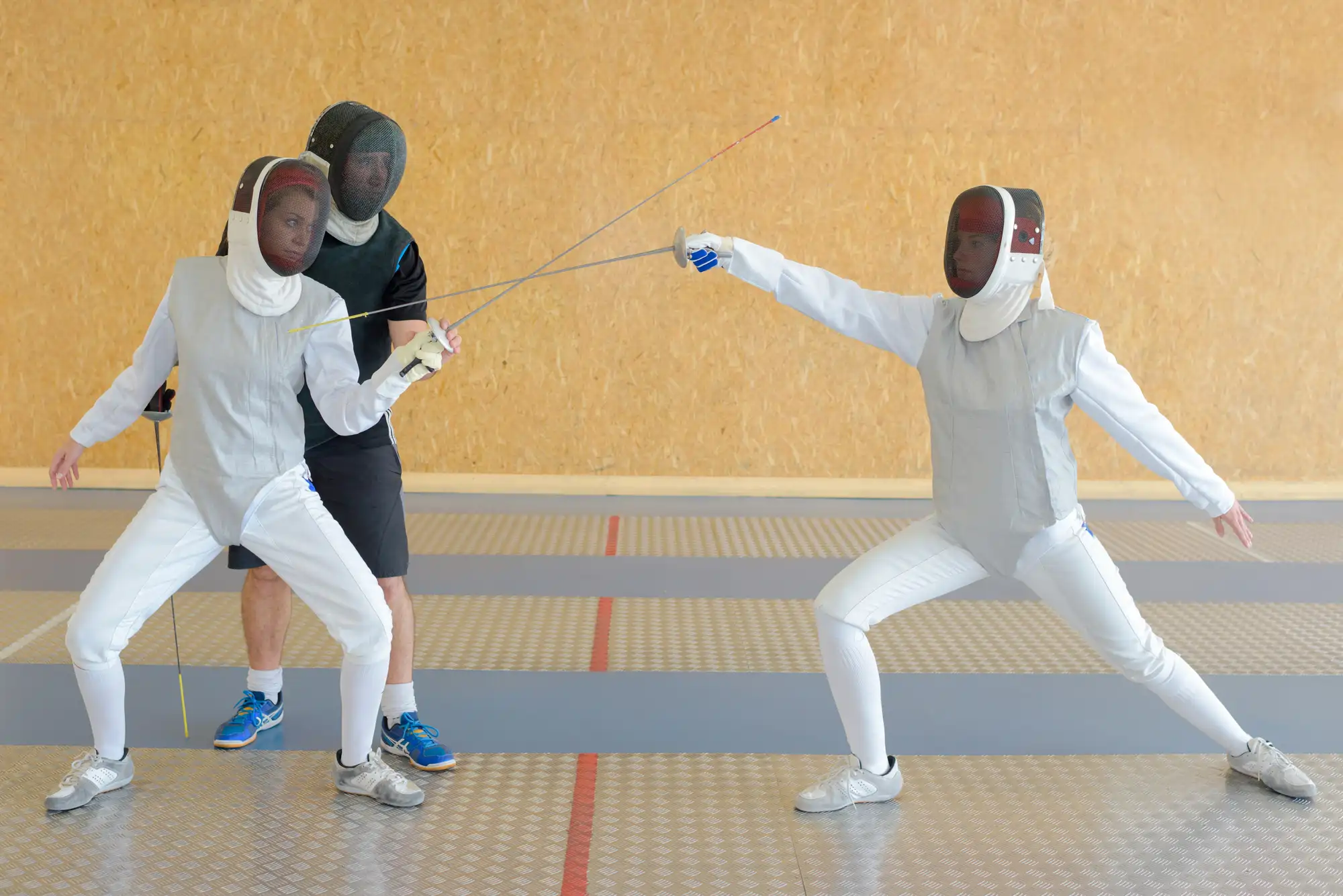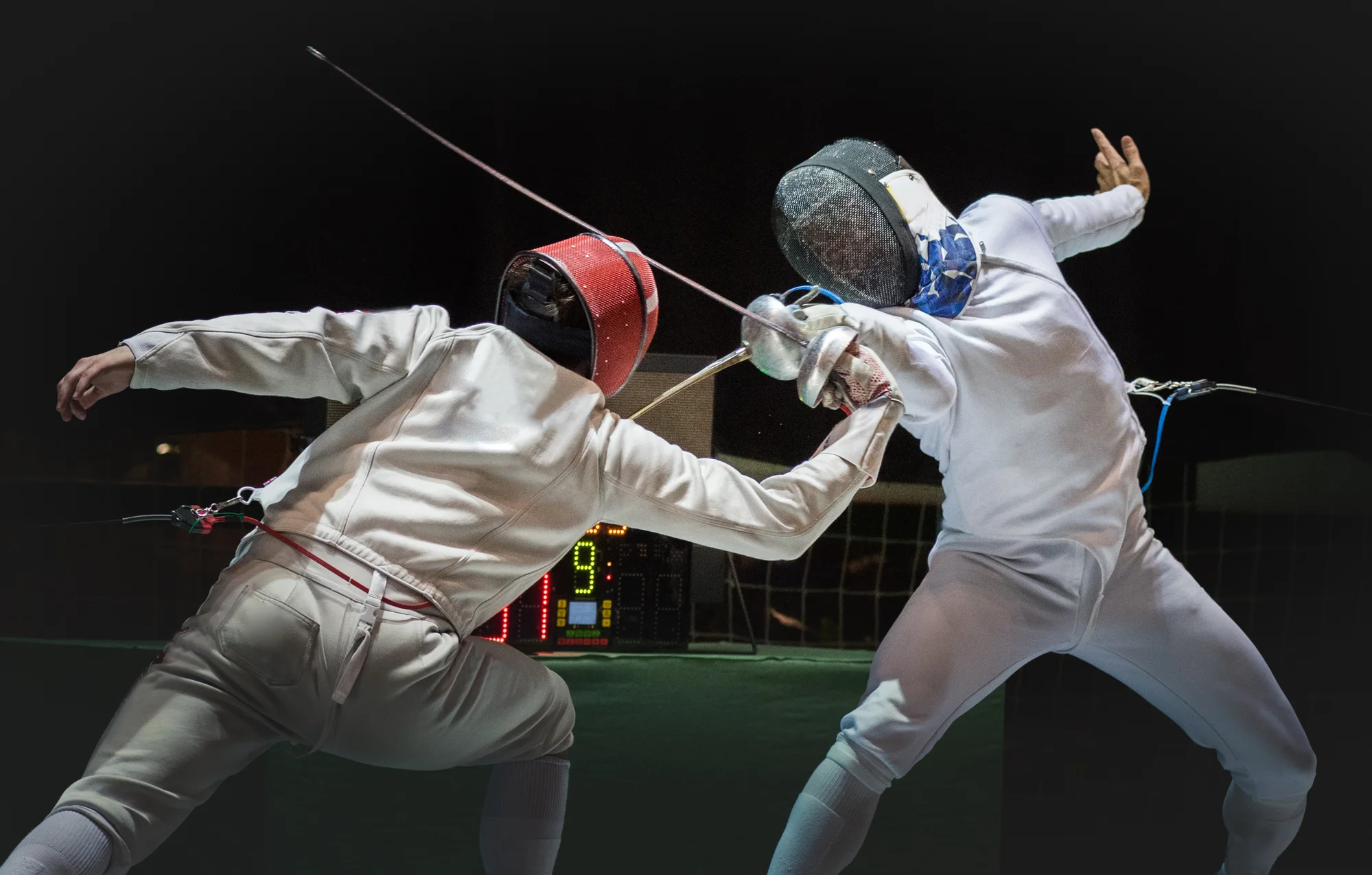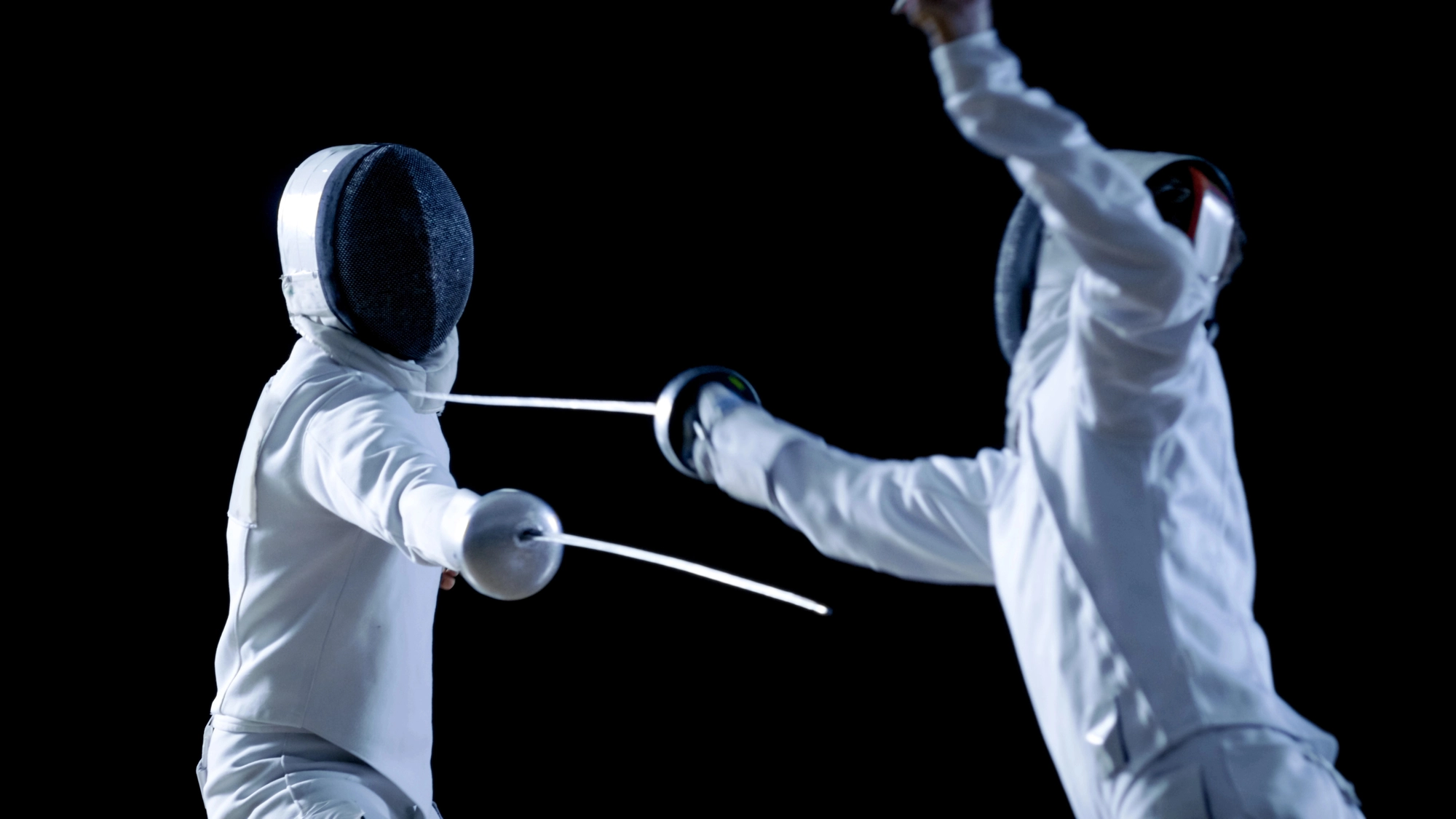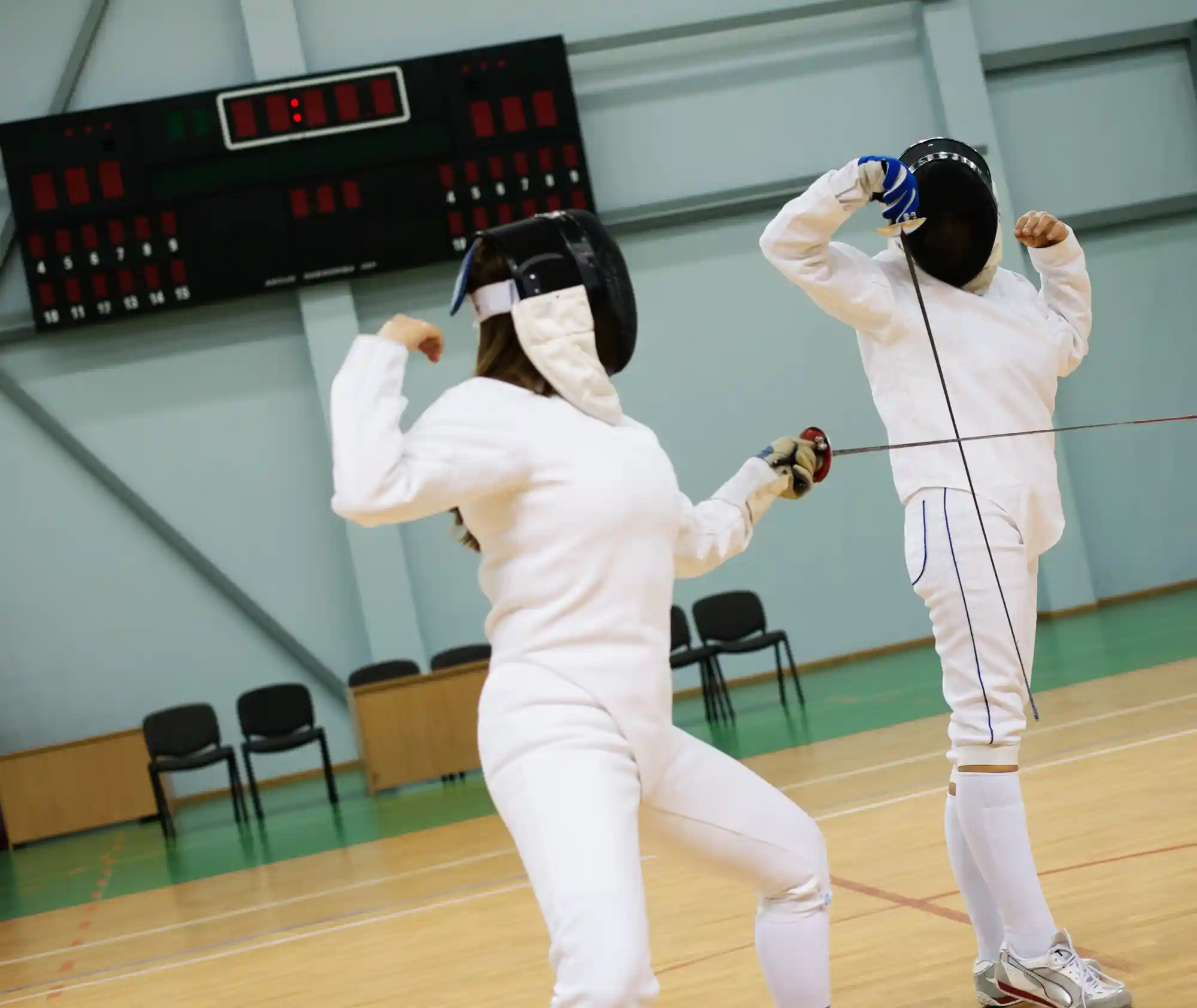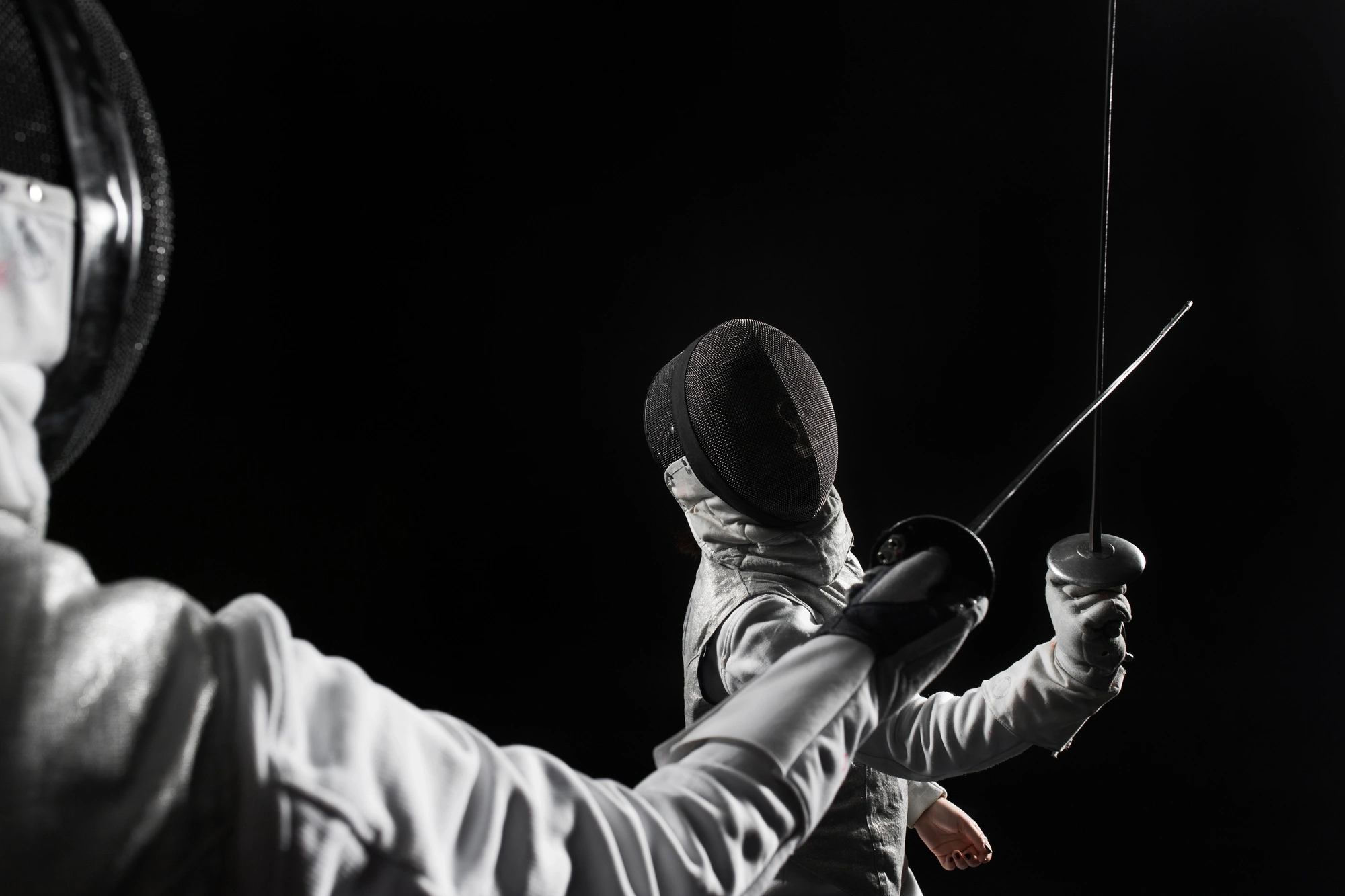We may earn revenue from the products available on this page and participate in affiliate programs. Learn more >
Epee is the next discipline we will talk about, besides foil and sabre. Among the three, this is known as the slowest discipline.
History
Epee fencing has its roots in the 19th-century dueling culture. It evolved from the smallsword, a popular weapon in Europe for personal defense and dueling.
As dueling began to decline in the mid-1800s, the practice shifted towards sport fencing. The epee kept the full-body target area, reflecting its dueling origins. In 1880, the first competition was held in France, officially marking its status as a sport.
Sword Used in Epee

The epee sword has a maximum length of 110 cm, with a 90 cm blade and a 20 cm hilt. It has a maximum weight of 770 grams, making it the heaviest weapon among the three fencing swords.
Like the foil, the epee’s blade ends in a blunt tip for non electric versions or tip button for electric ones.
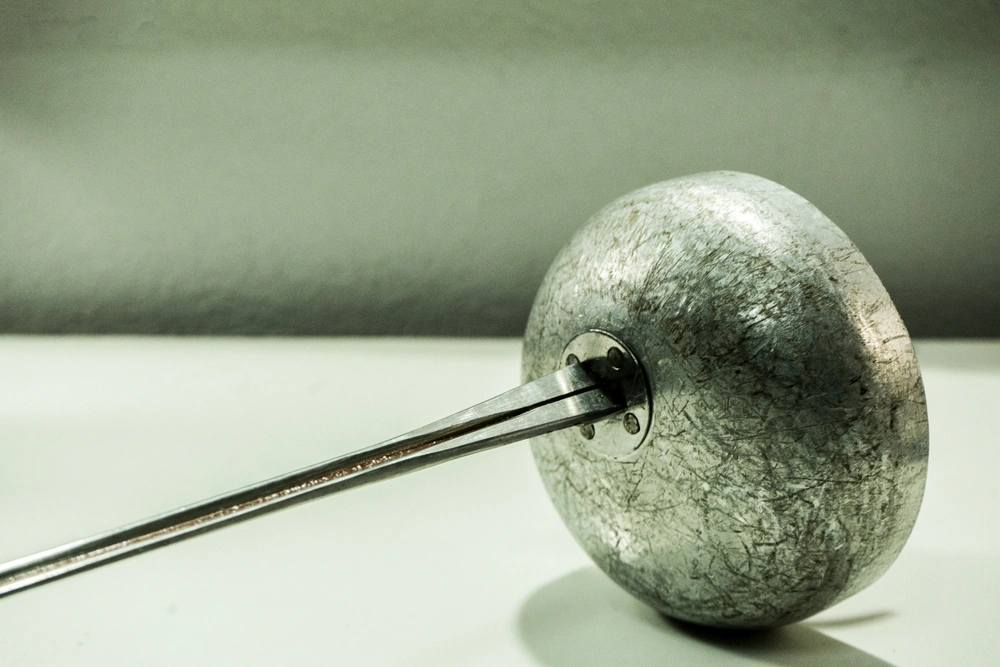
The blade has a triangular cross-section. It features a large guard and comes with two types of grips: the normal handle and the pistol grip.
The normal grip is usually used for practice, while the pistol grip is favored by advanced fencers and professionals. In the blade is also installed an electrical circuit that connects to the tip button, ensuring accurate scoring in competitions.
Epee Fencing Rules
In epee fencing, the entire body is a valid target. Unlike foil and sabre, this style does not use the right-of-way rule. If both fencers land a touch within 40 milliseconds, both receive a point, a feature known as a double touch.
Matches are typically divided into three periods of three minutes each, or until one fencer scores 15 points. In pool bouts, the first to 5 points within three minutes wins.
How Epee Fencing works
Epee fencing is a sport of precision, patience, and strategy. Fencers start in the “on guard” position, ready to move quickly. They advance and retreat along the piste, maintaining optimal distance.
The first fencer to land a touch scores the point. This encourages careful planning and timing. Fencers must wait for the right moment to strike, often using feints to provoke reactions and create openings. This discipline rewards those who can stay calm, read their opponent’s intentions, and execute precise, well-timed attacks.
Effective footwork is crucial, with fencers using a combination of advancing, retreating, lunging, and sidestepping to control distance and create openings. Defensive moves, like parries and ripostes, are essential to block attacks and counter quickly.
Clothing and Equipments
Fencing clothes and equipment are mostly the same across all disciplines. You will use the same fencing shoes, masks, gloves, pants, and socks. However, there are some differences.
For example, in foil and sabre, fencers wear a lamé, a metallic vest that covers the target area and helps register valid touches electronically. In epee, a lamé is not used because the entire body is a valid target.
Last words
As you step onto the piste, remember that preparation and dedication are key to success. Embrace the challenges, refine your techniques, and enjoy every moment of the journey.
Whether you’re competing or practicing, the experience of fencing will sharpen not just your skills, but your mind and spirit as well.


